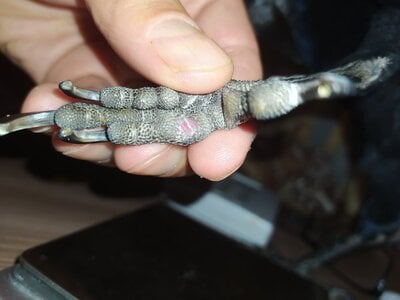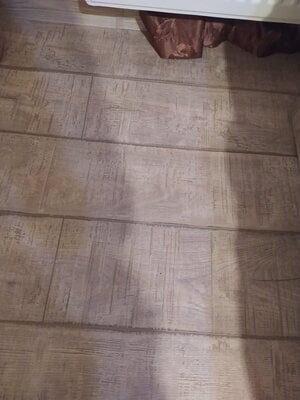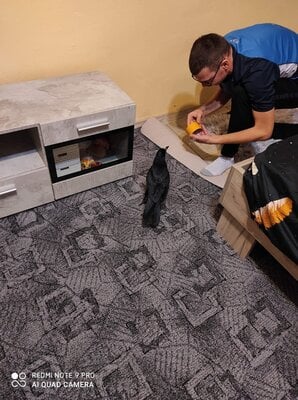mitimodoran
Hatching
- Dec 26, 2020
- 3
- 2
- 8
I m sorry i did not told you before but I have a crowStage 1 bumblefoot should heal quickly with the 200 ppm colloidal Silver. You can also just keep it clean, add a little dollop of Neosporin, sterile gauze pad, and a wrapping of self stick gauze and it will heal up just as fast. For a stage 1 bumblefoot, I change the dressing every 3 days or so.
I wouldn't bother with the 5 ppm colloidal spray, as you want to have ample amount of silver particles in the suspension. An effective amount of silver particles can range from at least 20 -30 ppm to higher amounts.
Some birds are prone to bumblefoot and may require other remedies like rubber padding on the perch, a wider perch, and for harsh terrains...shoes may need to be worn periodically.
View attachment 2464717
I hope I have been helpful.
God Bless.
I m sorry I didn't not told you.. I have a crow.. and he use to have fat liver 1year ago but after 1 month with some treatment he s ok so I hope the 200 ppm silver is not affecting his liver.. and the big problem is that I don t know how to keep the foot wrapped.. I m asking here because I don't know who to ask.. I don't have a avian vet in my country..Stage 1 bumblefoot should heal quickly with the 200 ppm colloidal Silver. You can also just keep it clean, add a little dollop of Neosporin, sterile gauze pad, and a wrapping of self stick gauze and it will heal up just as fast. For a stage 1 bumblefoot, I change the dressing every 3 days or so.
I wouldn't bother with the 5 ppm colloidal spray, as you want to have ample amount of silver particles in the suspension. An effective amount of silver particles can range from at least 20 -30 ppm to higher amounts.
Some birds are prone to bumblefoot and may require other remedies like rubber padding on the perch, a wider perch, and for harsh terrains...shoes may need to be worn periodically.
View attachment 2464717
I hope I have been helpful.
God Bless.






